
Master and understand the foundational skills and technique to unlock your full potential
Taught by a Master Potter
Over 45 years of training potters
Advice for each step of the way
Access to videos and resources for life
Study at your own pace
Learn core skills and unique finishing tips
« I created this online course to teach you the necessary core techniques, with skills to obtain a higher quality in your work, and become more efficient, for you to successfully throw any shape your heart desires ."
- Matthieu Liévois, Master Potter for over 45 years, founder of the Creamik school
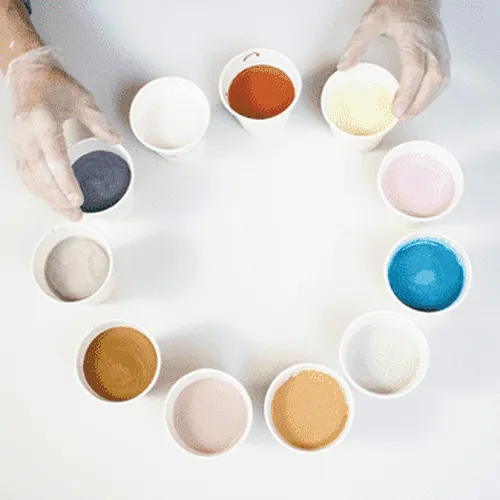
Throwing - The Primary Forms
$125
Access 4hrs of video tutorials
Acquire solid technical skills
Step by step guidance, with a teaching method and tips developed over 15 years
Progress at your own speed
Exclusive Deal: Technical drawing add-on to improve your shapes
"It's wonderfully well explained, with a lot of kindness and professionalism. The attention to detail in the techniques is really impressive, I'm truly delighted. Thank you for sharing your expertise. With all my gratitude."

Hélène
Online Student

With this course, you will learn...
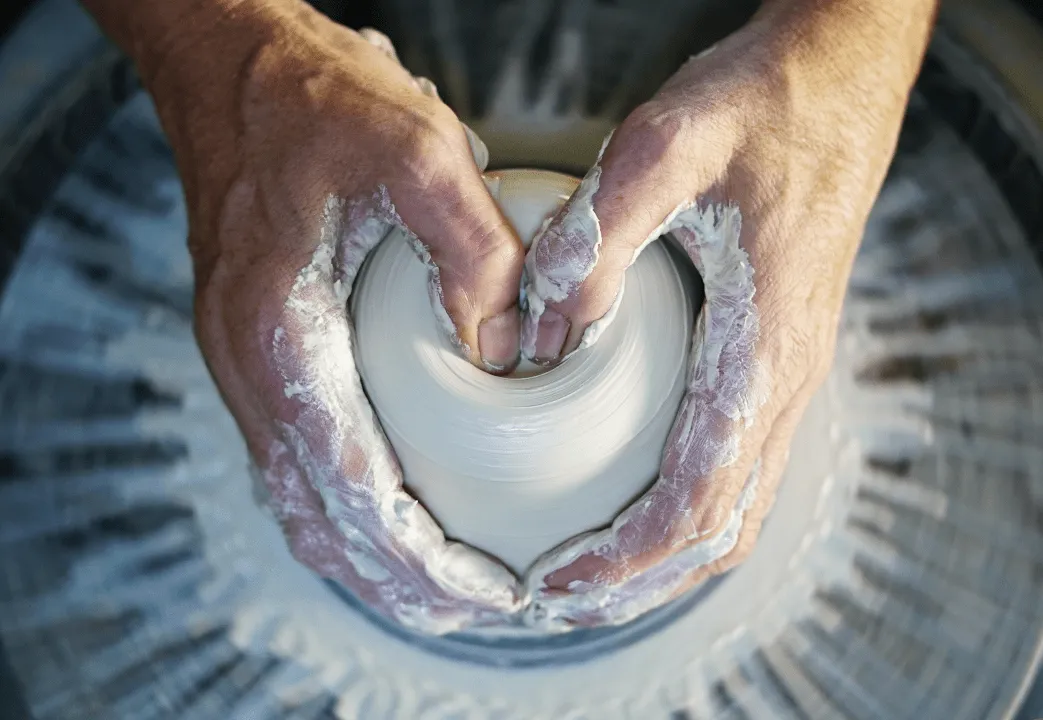
The foundations of throwing
How to choose the right clay, tools, and set yourself up
Posture, the underrated ability to position yourself, with adjustments tips to fit your body type and avoid injuries, and to set good habits
Following a diagram to throw shapes with a clear vision and improve your precision
Master the art of centering, the stepping stone to everything else in pottery
How to throw the Three Primary Forms: Cylinder, Bowl and closed ball, from which all other shapes stem
Trimming the primary forms for a perfect finish
Content valued at $750
4100 students and growing
The students' experiences is at the heart of everything we do. Their words reflect the passion, fulfillment, and creativity they uncover in our courses.
Hello to the whole Créamik team, I just wanted to tell you that I'm very, very happy with the course I recently purchased. Everything is clear and concise, and I'm learning a lot. Thank you very much.

Michelle
Online Student
The Creamik program is very interesting and really well done. It’s teaching me more than I ever thought I would know. I’m understanding so much more ... By the way, I’m 74. This isn’t easy but it’s fascinating.
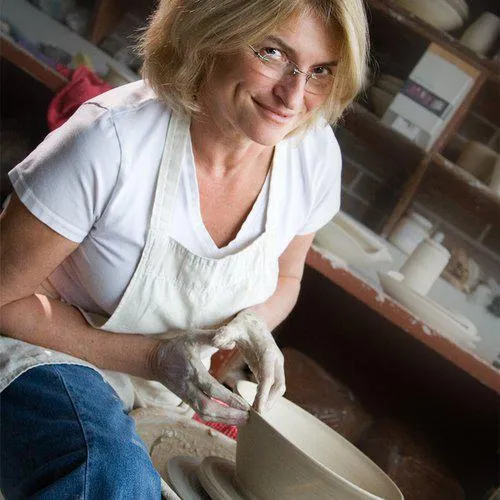
Rose-Marie
Teacher, former Student
"Thanks to your intermediate throwing course, I passed the National ceramics certification exam. Thank you. I am a teacher by trade and I find that you are the most educational potter I have ever listened to and watched. Thank you."

Marc
Online Student
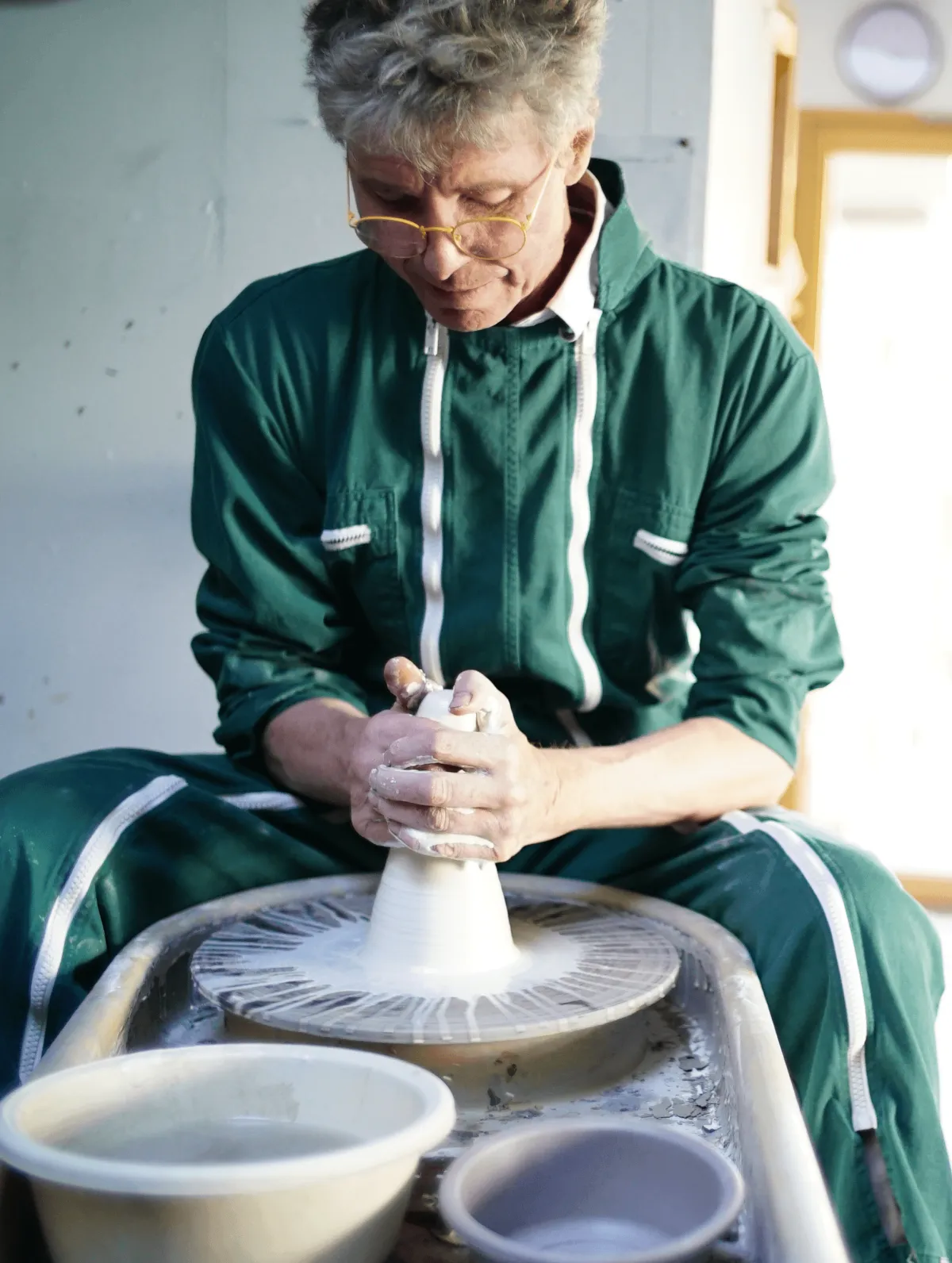
Control of the body to allow creativity to run free...
❝Throwing is a technically impressive skill:
You come into contact with clay, and in just a few minutes, it forms a piece with balanced and subtle curves. But the magic only happens if you don't use forced gestures, which will tire you out and cause muscle and joint pain.
In this course, you'll learn all the techniques I've honed over my 45 years of experience, so you can also create the most beautiful pieces you've imagined. You'll learn the correct positions for your hands, as well as elbows, hips, and torso, using a very progressive method to establish a solid technique that allows you to throw pieces of all sizes. Whether you're a beginner or advanced, taking this class will allow you to make great progress toward your creative goals.❞
Matthieu Liévois, potter-ceramist
Frequently Asked Questions
What does lifetime access means?
This means that the course you buy is yours: you can log in to the member area of the website and watch the videos as often and for as long as you want, without ever having to pay any additional fees.
(We also strongly recommend that you watch the videos several times to fully immerse yourself in the content!)
Any additions or improvements to the course in the future are also included in your purchase: you will have access to them without having to pay anything more.
Do I need to have basic knowledge to take this course?
No. No prior knowledge is required to take this course.
Why buying the basic course and the advanced course at the same time when you are a beginne ?
The basics course will teach you how to mix glaze powders and how to fire your glazed ceramics.
The advanced course covers, among other things, the influence of clay on glaze, the different types of kilns and the choices you have when buying one. It demonstrates all the techniques for applying glaze to pottery: with a brush, dipping, or using a spray gun. These are important things to consider when purchasing your clay and equipment and are very helpful to know when you are starting out.
The parts of the advanced course that deal with the layering of glazes and crystallization also open up interesting perspectives for you from the start.
Math is not my forte: is this course for me?
You don’t need any prior knowledge of math or chemistry. We offer video reminders that cover everything from A to Z: what is a fraction, a percentage, a cross product in math, a chemical formula, orders of magnitude and even molecular weights in chemistry.
You just have to be willing to learn and let go of that old image of yourself or your high school math classes. The lack of a concrete goal is often the reason someone becomes allergic to math, and today, you have a very good reason to learn it.
You should also know that though we consider it very important to do your first calculations of glazes by hand, so that you understand in depth the steps of creating a recipe, you will not have to calculate each of your glazes for the rest of your life: there is good software for this, and we will show you how to use it.
Why can't defects be avoided even with pre-made glaze?
These glazes are designed by manufacturers to avoid defects. If all goes well, there shouldn’t be any.
But the manufacturer tested their glaze on a specific clay, and the clay has a huge influence on the glaze (as does the kiln, the laying of the glaze, and many other parameters). The manufacturer cannot foresee the variations of all these factors.
If your ceramics come out of the kiln with defects, you can try these adjustments:
=> If the glaze has pimples, you have fired at too low a temperature; fire the next kiln a few degrees higher.
=> If the glaze became runny, you fired too high; fire lower next time.
=> But what if you still have one or the other? What if the clay has influenced the colour, and you’re not getting the hue you were hoping for?
In this case, you will not be able to do anything, because you do not know the composition of the glaze. You will not be able to modify it to solve the problem.
Hence the convenience of making your own glazes: you will be able to control all your parameters and will always be able to rectify the situation when a defect appears.
Is it really possible to create your own glazes after only taking this online course?
Yes! Including (more complex) crystallization glazes, if these interest you. Many students have already demonstrated that it is possible!
Of course, like any new skill we learn, it requires commitment, some rigour and training. There will be failures, moments of discouragement and eureka moments. The same goes for wheel-throwing!
What equipment do I need (and how much will it cost)?
To do what is explained in the course, you need at least:
– A precision scale for 100g (10€)
– A precision scale for 10kg (80€)
– Small equipment (whisk, sieve, ladle, cups, basins, brushes, etc. ) (140€)
You can therefore get equipped for around 230 euros. (Prices in France. Prices in different countries may vary.)
Do you talk about the hazards of the products?
Yes! We describe each product, with its qualities and its downsides, including the hazards of handling them and the use of glazes when you make dishes that will hold food.
Overall, when it comes to dishes that will be used for food, the main danger is a matter of proportion between the products (the glaze must be impervious to weak acids, such as lemon juice or vinegar in a salad dressing).
In short, at least 3 moles of silica are needed for 0.3 moles of alumina in a formula, so that the glaze can be used for dishes. Don’t worry if you don’t understand this answer; everything is explained in the course…
Do I need a kiln to take this course?
No: to begin with, you can find a ceramist or a ceramics centre that will rent their kiln; this is quite common.
Suggest that they fire a sample of your clay and your glazes first to give them confidence: low-temperature clay or glaze in a high-temperature kiln can cause significant damage to the kiln. If the potter tries a sample first, they can make sure you have not made a mistake in temperature, without taking any risks for their kiln.
Watching the course before buying a kiln will also allow you to be sure you make the right choice when you purchase one, since an entire video of the course is dedicated to describing the types of kilns, including their advantages and disadvantages.
Why are your example recipes high-temperature glazes?
High-temperature glazes are much easier to make: the lower the melting point of a glaze, the more complex the mixture of products. So we chose to focus on recipes that would be easy to replicate for beginner glaze creators.
You can make low-temperature glazes with exactly the same principles as for high-temperature glazes. Just bear in mind that you usually have to use “frits,” products prepared by manufacturers, which are relatively expensive.
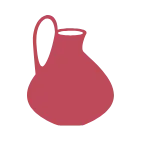
+4100
students online
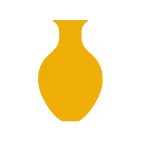
+300
Professional ceramicists trained

10k
followers on Facebook,
+ 10K on Instagram

320,000
vues sur Youtube